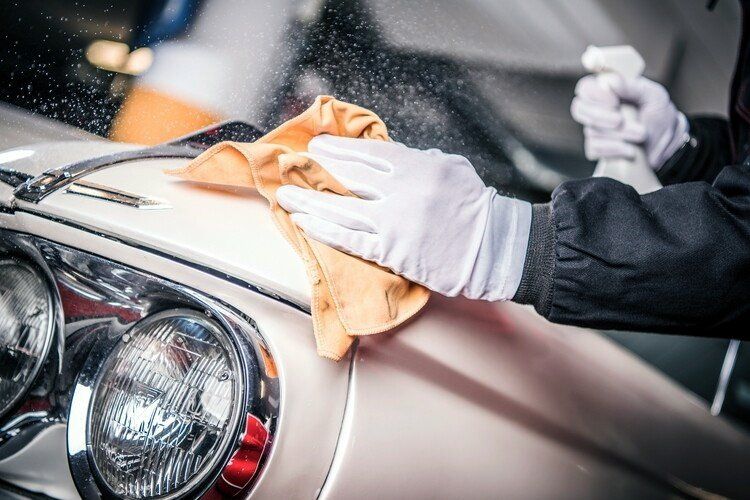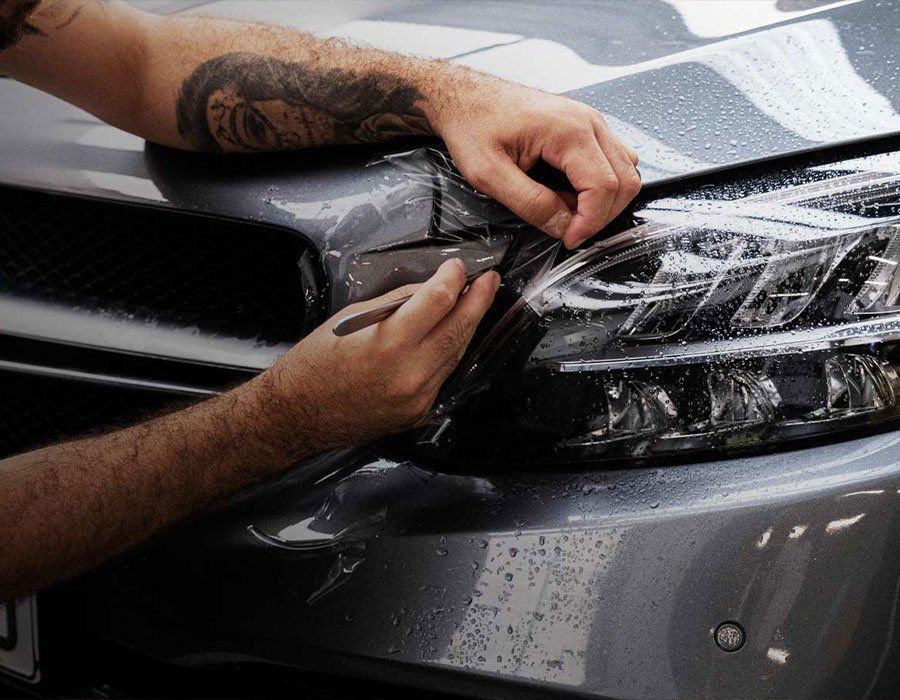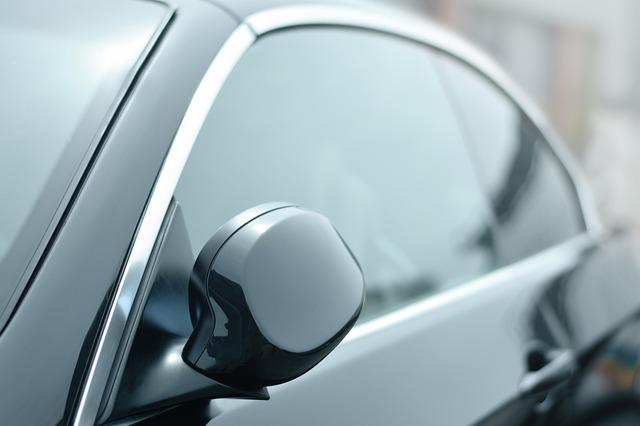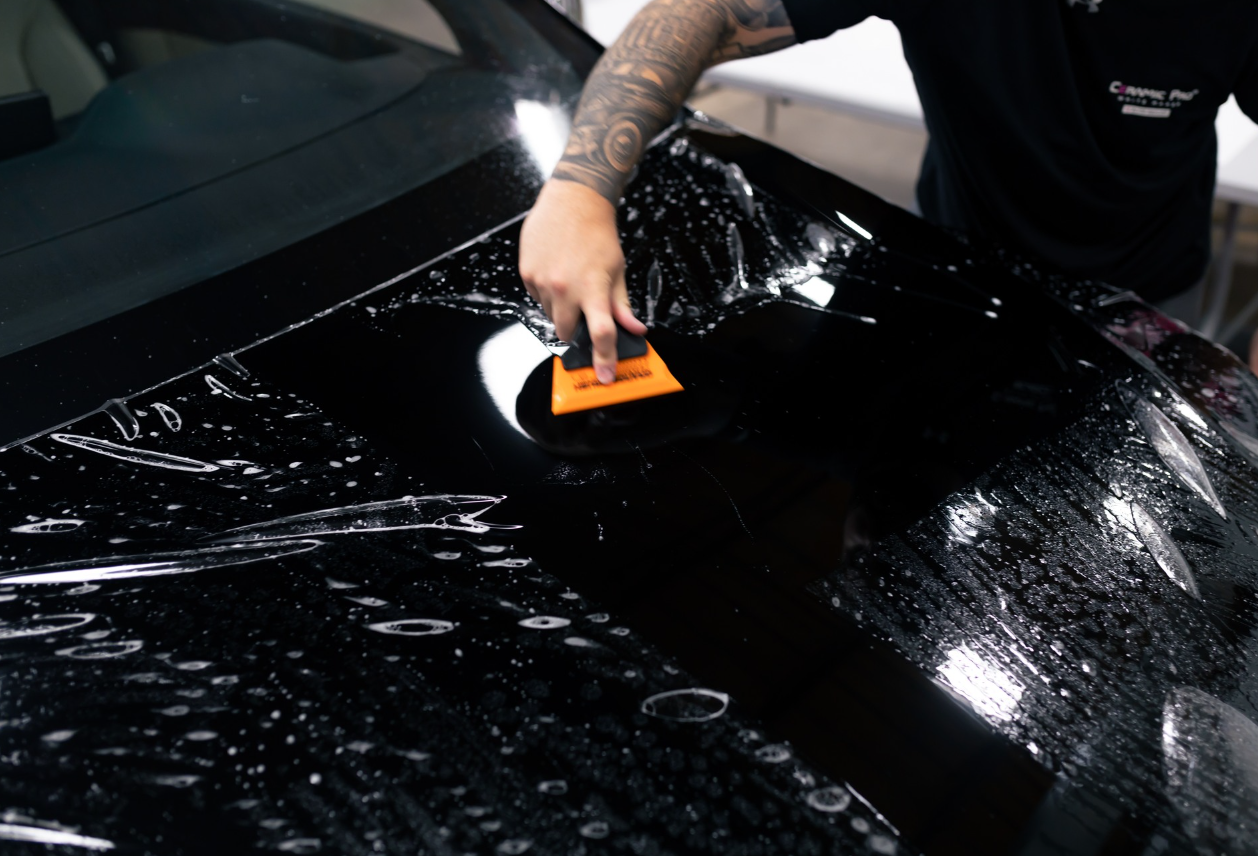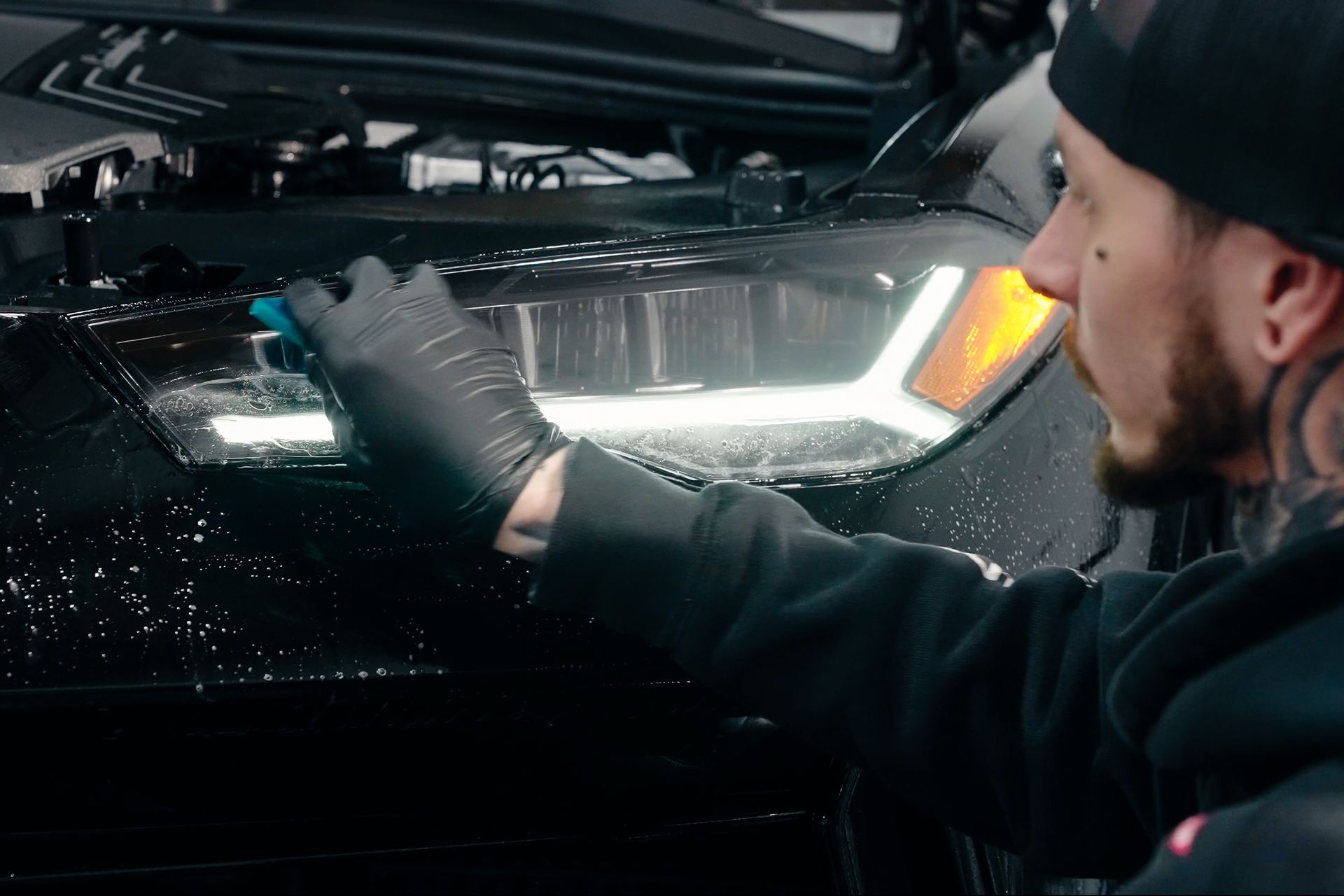How To Apply Ceramic Coating On A Car: A Step-by-Step Guide
You've been thinking about it long and hard, and now you're ready to dive - You want to apply a ceramic coating to your car, and you want that extra layer of protection from the wear and tear of the environment. But where do you start? Answering that question is what this post is all about, bucko. We've got the experience to back up our know-how, so you can rest assured that you'll leave with a job done right and your car looking as shiny as the day you bought it.
Let's get started, shall we? First, let's look at what
ceramic coating is and why you should apply it to your car. To apply ceramic coating correctly, you need to understand the basics and why it's beneficial. After, we'll go over all the steps you need to take to apply the ceramic coating properly and successfully. Stick around, and your car will look its best in no time!
Preparing the Car for Ceramic Coating
Getting the car ready for ceramic coating is an important step that many people don't know about or miss. However, this is a very important step that must be done right for the ceramic coating on your car to work well and last for a long time.
The most important step in this preparation process requires removing dirt and debris from the car's surface. A clay bar is necessary to get the best results because it can pull embedded dirt out of the paint, but it can take a long time and be hard work. There is much debate on this subject among car enthusiasts, with some claiming that a high-grade wax and polish will do just as good a job cleaning the surface as long as it is followed up with a machine polisher. On the other hand, some people say you can only get the best cleaning results with a clay bar. It comes down to personal preference.
The car's surface has been cleaned well enough, so you may see watermarks and small scratches in the paint. If these flaws aren't fixed, they might get stuck under the ceramic coating layer and stay there for good. To remove these minor flaws before putting on a ceramic coating, use a microfiber towel and a coat of scratch or paint defect remover to buff out any remaining spots.
Washing and Cleaning the Car
Before you can put a ceramic coating on your car, you have to wash and clean it properly. Make sure you get the most out of your protective layer by cleaning the vehicle before you put on the ceramic coating.
Use a car wash soap to clean the car before putting on the ceramic coating. Don't use household products like laundry detergents, dish soaps, etc. Some argue that using these household products is still an effective way to clean the car without damaging its paintwork. On the other hand, some people think more than using these products is needed to properly prepare because they might leave too many suds, which is bad for the paintwork.
It is recommended to use two buckets: one filled with soapy water and one with plain water. In addition, use two mitts or towels: one for washing and the other for rinsing (this will allow dirt and debris to be removed before contact with a clean mitt or towel). Washing a car in this fashion helps remove trapped dirt particles since they cannot reattach once placed on a clean mitt or towel. Also, avoid hanging your mitts or towels directly on the car while cleaning it. This will help keep loose dirt from getting back onto the paintwork from the mitt and scratching it.
After finishing with the soapy water bucket, rinse off all of the soap before starting again with fresh soapy water. When rinsing your car, use a microfiber towel to lightly buff off any final water residues left on your vehicle after thoroughly drying. This should ensure all dirt is gone so you can move on to masking your car for ceramic application.
Masking the Car
Before applying a ceramic coating to your car, mask off any areas of your vehicle that you don't want to use the coating. This process helps to protect surfaces such as rubber, plastic, and trim that are not built to handle ceramic coatings. Masking off these areas can also prevent the coating from accidentally getting on other places. A few methods for masking your car can be debated: masking tape and plastic sheeting (film).
When using masking tape, choose quality automotive-grade masking tape. Make sure to use tape that is made for automotive parts. This type of tape is made to stick better and come off easier afterward. Once you have chosen an appropriate tape for the job, mark all areas that need protection. For example, if the area has curves or other shapes, you may need more than one strip of masking tape to cover it completely. Lastly, double-check all areas masked with a flashlight before proceeding with the application.
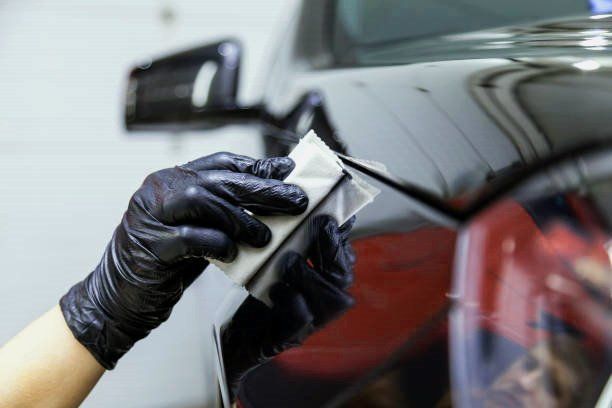
Removing Dirt and Degreasing
One of the most important steps in the process is to clean and degrease the car before putting on the ceramic coating. Removing dirt, debris, and other elements from the car's surface helps to ensure that the ceramic coating is applied correctly and provides a smooth finish.
One way to remove dirt and debris is to wash the car using an automotive washing solution. Automotive washing solutions are designed to remove dirt and debris to help keep the surface from getting streaks or swirls. After washing, allow the car to dry completely before moving on to the next step.
Another method for removing dirt and debris is claying a vehicle's surface. Removing contaminants like tar, sap, bugs, industrial fallout, and rail dust using clay bar treatments is impossible with regular washing. A spray lubricant makes it easier to move the clay bar across the car's surface. This method may be time-consuming but provides better results than a simple wash.
Applying the Ceramic Coating
You must apply the ceramic coating to get the effects you want from this protective coating. Using a ceramic coating on your car's paintwork is like waxing but with a few key differences. First, you must thoroughly wash and dry your car, paying special attention to any oils or buildup on the vehicle. Once thoroughly cleaned, you can begin applying the ceramic coating.
Using either a microfiber cloth or a foam applicator pad, depending on what product you are using, gently spread the product onto your car's bodywork in even strokes. It is important to take time to get an even product layer and avoid leaving behind streaks and patches. Many debates whether applying the coating by hand or using a dual-action buffer would give better results; both methods have their merits and drawbacks. Hand application produces slower but more detailed results, while buffing takes less time and could leave unsightly marks if not done correctly. Ultimately, it comes down to personal preference and skill level when making this decision.
Once you have applied the ceramic coating, you should allow up to twelve hours to fully cure before wiping away any excess with a clean microfiber cloth and clearing away any buffing residue. With proper care and maintenance, you should notice increased protection from water spots, dirt buildup, and UV damage on your car's bodywork.
Now that you've successfully put the ceramic coating on your car, it's time to find and choose the products you'll need to polish and detail the surface.
Gathering and Choosing the Products
After all the cleaning and preparation, it's finally time to start putting on the ceramic coating. Follow the steps below for a successful application:
- Begin by measuring out an amount of ceramic paint protection product that is slightly larger than what is needed to cover the entire area that is going to be treated. This ensures you will have enough product before you finish.
- Use a microfiber applicator to spread a thin, even ceramic paint protection product coat over the area you want to protect. Use overlapping, crisscrossing strokes. Apply it in an even layer with no gaps or bubbles. Avoid contact with plastic, rubber, and glass parts if possible.
- Let the product cure according to the instructions from the manufacturer before you touch it or do anything else.
- Once cured, inspect and make sure there are no noticeable signs of streaks, patches, or unevenness in the coating. If there are any bumps, add another thin layer until you are happy with the results.
It's essential to consider both sides of this process when applying a ceramic coating to a vehicle: good preparation and application techniques result in a successful outcome, but improper procedures can cause costly damage. Taking extra care and caution will yield greater satisfaction from your ceramic paint protection and long-lasting results than last year.
Conclusion
Ceramic coating is also an ideal choice for making your vehicle look beautiful. The glossy, mirror-like shine is gorgeous and will make any car stand out. Its bright shine and excellent protection come from the fact that it is hydrophobic and can keep dirt and water away. Additionally, the ceramic coating makes it much easier to clean your car without damaging its paint job.
If you're looking for top-notch car detailing services, look no further than Detail Solutions.
Detail Solutions has years of experience and a team of highly skilled professionals who work together to give your car the best care possible. From exterior detailing and paint correction to interior cleaning and odor removal, they offer a wide range of services to meet your car care needs.
To learn more about our services and
schedule an appointment, call us at (410) 238-3000 or visit our website at https://www.baltimoredetail.com/. Our friendly and knowledgeable staff will be happy to answer any questions and help you choose the right services for your car.



